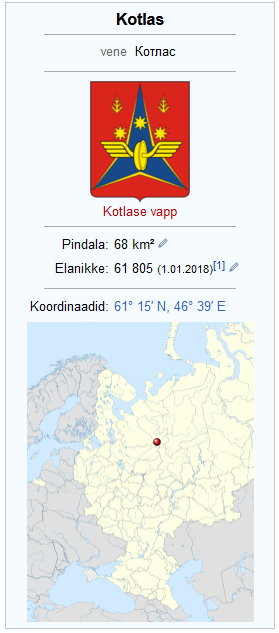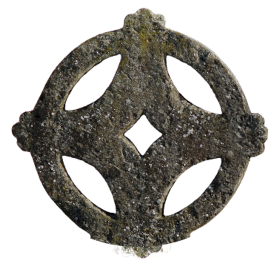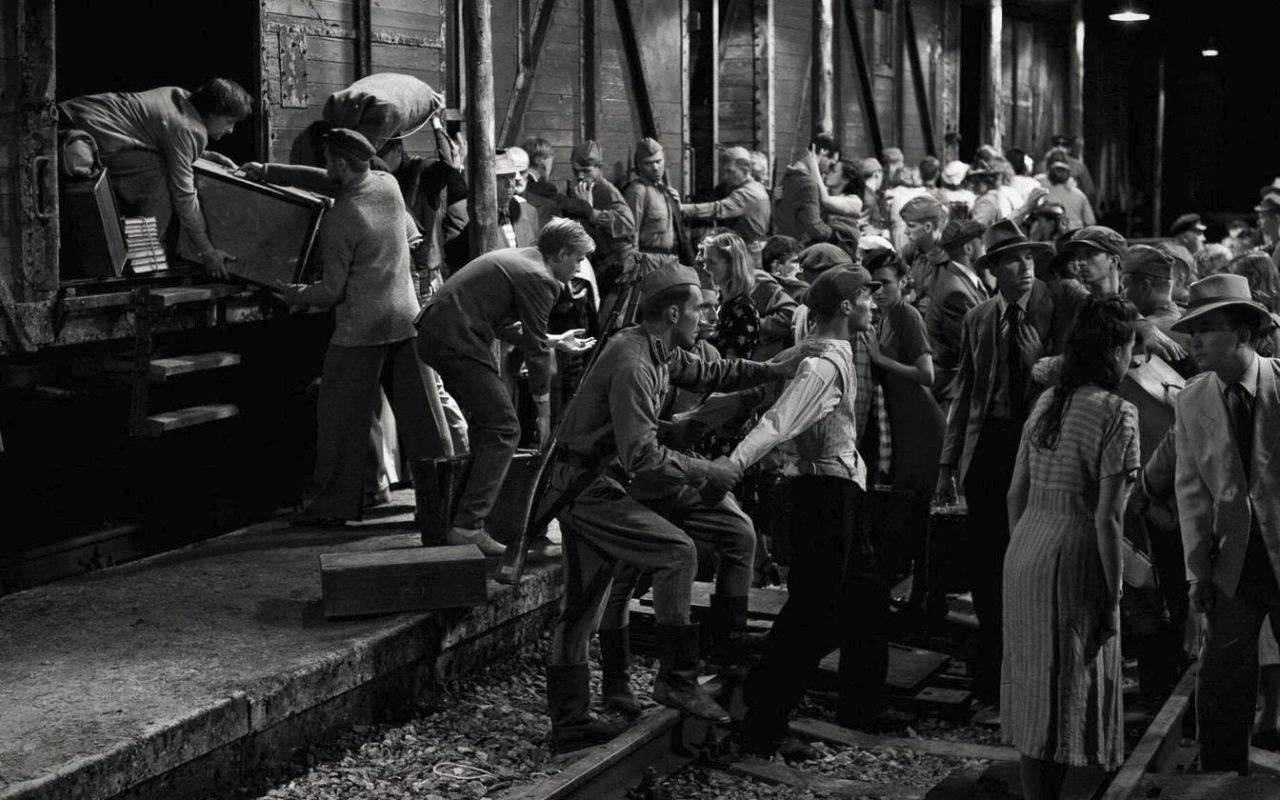Untold stories of Summer 1941 by the survivors among Estonian diaspora.
The picture is a still from Estonian movie “Risttuules” (2014) that depicts Soviet mass deportation of Estonians to Siberia on 14 June 1941. First wave of Soviet ethnic cleansing of Estonians efforts that later results in loss of 30% of the population.
This recollection of the events that took place in June 1941 and later came to be thanks to Alan Tallmeister who is Estonian descendant living in Canada whose parents fled Estonia in 1944 when Stalin began his 2nd attempt of Europe conquering offensive “ГРОМ”, which was preemptively neutralized. This recollection was posted by Alan when he saw our article on the Estonian Summer War of 1941 that took place due to the opportunity the 22 June 1941 event opened, considering just a week ago Estonia suffered first well-planned phase of Soviet ethnic cleansing, a year prior violent, staged and under Red Army and Navy supervision overthrowing of legitimate government. On 3 July 1941 the motley armed men, Forest Brothers and other men who fled the 14 June 1941 joined the forces. One of the initiators of that was broadcast by Finnish Radio where Estonians in Finland called upon the countrymen to start insurgence, which served as early notice of imminent “Erna” landing. Also, 3 July 1941 was the day of, now infamous, Stalin’s scorched Earth radio speech, which clearly indicated the ethnic cleansing events a week prior were just a foreplay.
Conscription by the Red Army was actually forceful deportation to Soviet Union where all the Estonians were sent to death camps. They are called labor camps, because the Soviets named them so, but in reality the detainees died there in bigger number than in any specific Nazi concentration camp. The fact, some of forcefully deported to Soviet Union under smoke cover of conscription were put into boxcar, comes as a big surprise as by the public knowledge they supposedly were transported by the retreating Soviet Navy ships after 28 August 1941. The known reports of people in boxcars after 14 June 1941 deportation are about political prisoners who NKVD after 22 June 1941 hastily enlisted as detainees to be executed and detainees to be deported to Gulag. The latter were designated to go there by train. The window of opportunity of such travel was brief, to be exact 16 days, as on 7 July 1941 Wehrmacht reached the Baltic Sea at Kunda, cutting off any land bridge and railway connection to the East via Narva. That’s the reason of execution of political prisoners by NKVD on 7 & 8 July 1941 in Tallinn, Kawe cellar, Pagari street cellar, and Scheel summer house in Pirita; in Tartu prison; in Kuressaare Teutonic castle due to NKVD inability to fulfill the deportation orders. The fact NKVD guarded the below mentioned boxcar refers to high value Estonians as NKVD and the Death Squads were busy touring Estonia and executing inhabitants and burning to the ground farmsteads to fulfill Stalin’s scorched earth order.
Story #1
One of my uncles’ older brother was conscripted by the Red Army at this time. He was herded by the NKVD into a boxcar along with other conscripts and locked in. The boxcar then sat on a siding in the open, the sun baking down, guarded by NKVD. They remained there several days, pleading for water. When local villagers tried to help, they were shot at by the NKVD machine gunners. Finally, as the Wehrmacht approached, the guards fled. By then, all the captives in the boxcars were dead.
Story #2
On a multicast TV station in Toronto, there was one hour program about the saga of another Estonian who survived this ordeal. His group if conscripts were transported to Kotlas, left at first to fend for themselves. Locals accused them of being “spionam”. They were then hastily moved back west to the Leningrad front. When they heard Estonians on the other side, they deserted and joined the Germans after being treated for malnutrition and exhaustion.
Kotlas is among first Gulag camps transferred to Gulag administration as transit camp on the way to Siberia that became into a full-fledged Gulag labor camp in 1932. It was long known Estonians ended up in such camps and conditions there were so abhorrent many opted to join the Red Army just to survive. The fact Estonians were manned into Red Army units at the Leningrad front-line prior their dispatch to Velikie Luki is something we know little or that is not well spread knowledge of such events. Probably the men were sent to the Leningrad front in Spring-Summer of 1942. The fact they were able to defect and they were received as fellow countrymen is a remarkable event. The Estonians at Velikie Luki as the Red Army infantry who switched side in general were executed by the Red Army after they were captured. The price of defecting the Red Army lines was death by execution.

We would like to thank Alan Tallmeister for sharing the stories he heard with us, allowing them to be published, and hope this might be a new bridge between Estonians at home and far away where we can hear the stories, store them and share for us and for the future generations. There are by far more stories of 1939-1945 than we even know of that are worth its place in collective memory.





